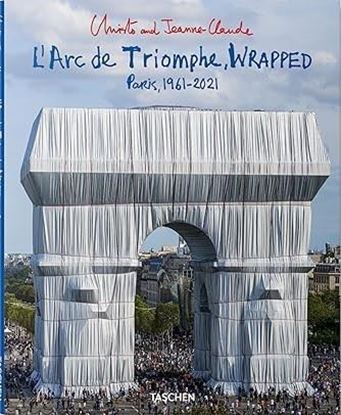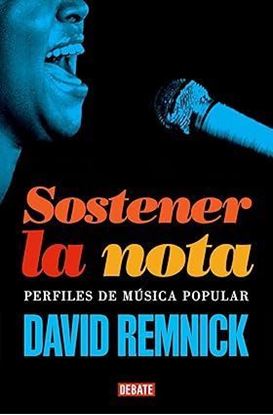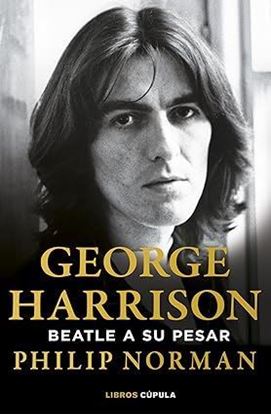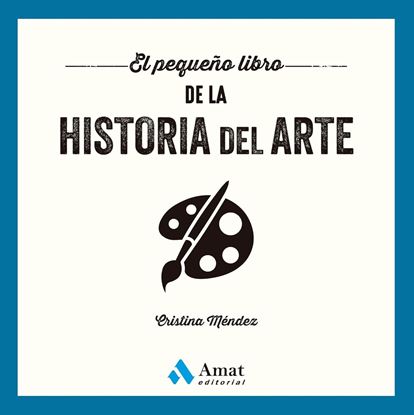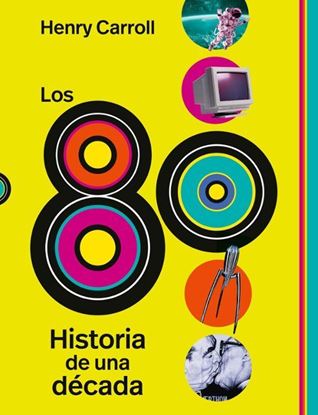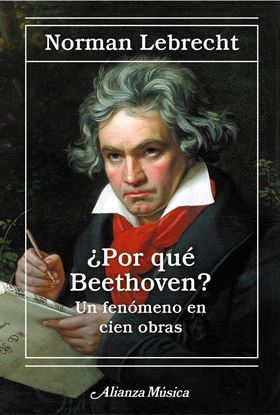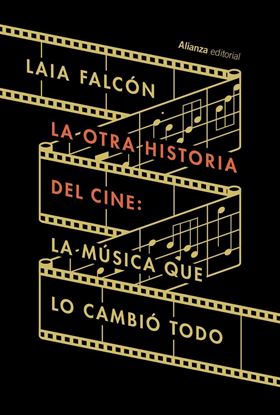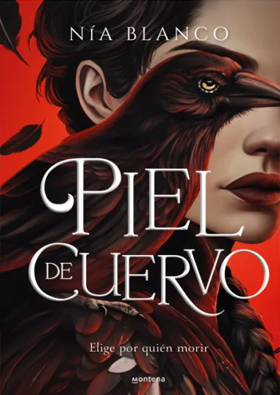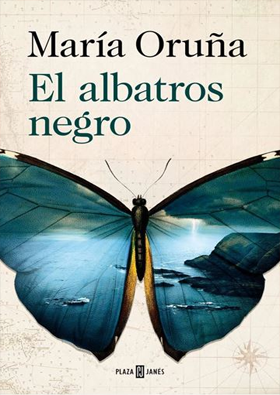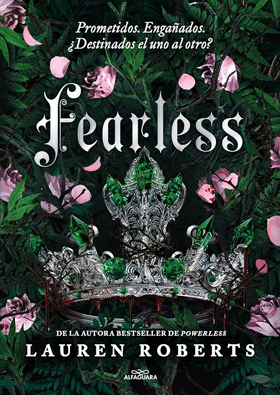

LARC DE TRIOMPHE, WRAPPED (VA) (INT)
1961, three years after meeting Jeanne-Claude in Paris, Christo made a study of a mammoth project that would wrap one of the city’s most emblematic monuments. 60 years, 25,000 square meters of recyclable fabric, and 3,000 meters of rope later, the artists' vision finally came true. Discover their posthumous installation with this book gathering photography, drawings, and a history of the project's making.
Like most of Christo and Jeanne-Claude's work, L'Arc de Triomphe, Wrapped is temporary and runs for 16 days from Saturday, September 18 to Sunday, October 3, 2021. Carried out in close collaboration with the Centre des Monuments Nationaux, the historic structure is wrapped in recyclable polypropylene fabric in silvery blue and recyclable red rope.
1,350
SOSTENER LA NOTA
Desde el debut de Leonard Cohen, cuando su miedo escenico le impedía terminar "Suzanne", hasta la icónica caída del abrigo de visón de ArethaFranklin en el Kennedy Center mientras Barack y Michelle Obama aplaudían efusivamente. En Sostener la nota, el legendario director de la revista The New Yorker, David Remnick, reúne sus escritos sobre algunos de los músicos, compositores e interpretes más famosos del mundo con vocación de entender cómo han pervivido en el tempo y en el tiempo las mayores y más populares voces del último siglo en Estados Unidos.
Ganador de un premio Pulitzer por La tumba de Lenin, Remnick toma como hilo conductor las fulgurantes y longevas carreras de los mayores iconos musicales del planeta (Patti Smith, Mavis Staples, Paul McCartney, Bruce Springsteen, Buddy Guy…) para entregar una reflexión magistral sobre el exito, el fracaso, el estrellato, el relevo generacional y el ocaso profesional. Este bestseller, que recoge con gracia
1,650
GEORGE HARRISON
Pese a ser aclamado como uno de los mejores guitarristas de su época y de la historia, George Harrison luchó contra sentimientos de inferioridad, especialmente en sus primeras décadas. A menudo era el blanco de las bromas de sus compañeros de banda debido a su origen de clase baja y, por lo general, no se le permitía contribuir más que con una o dos canciones por álbum de las decenas que escribía.
Ahora, el aclamado biógrafo de los Beatles, Philip Norman, examina a Harrison a través de la lente de sus numerosas contradicciones. Comparado con las enormes luminarias compositoras Lennon y McCartney, se le consideraba un talento menor; sin embargo, compuso obras maestras como «While My Guitar Gently Weeps» o «Here Comes the Sun», y su triple álbum de debut en solitario All Things Must Pass consiguió un inmenso éxito, apareciendo en muchas listas de los 100 mejores álbumes de rock de todos los tiempos. Los críticos de música moderna lo sitúan en el panteón de los dioses de la guitarra de los años sesenta, junto a Eric Clapton, Jimi Hendrix, Keith Richards y Jimmy Page.
2,200
EL PEQUEÑO LIBRO DE LA HISTORIA DEL ARTE
El pequeño libro de la historia del arte es una obra sencilla, muy práctica y accesible, que te llevará de la mano a través de las distintas corrientes y épocas artísticas de la historia, y que te ayudará a entender a la primera las diferencias entre el Rococó y el Manierismo o entre el Modernismo y el Impresionismo, por ejemplo. Gracias a El pequeño libro de la historia del arte aprenderás de una vez la diferencia entre los órdenes arquitectónicos clásicos (dórico, jónico y corintio), y podrás disfrutar de las mejores obras artísticas de la historia de la humanidad a la vez que aprendes a situarlas en su contexto histórico y etapa artística. Descubre cómo la evolución de la historia del arte ha esculpido la sensibilidad artística actual y la forma en la que entendemos hoy el arte. En este pequeño gran libro hallarás información relacionada con: • Las primeras obras de arte de la historia de la humanidad, como las pinturas rupestres de las cuevas de Lascaux o piezas como la Venus de Willendorf. • Las maravillas del arte antiguo, como la tumba de Tutankamón, el Partenón o el palacio de Sargón II en Khorsabad. • Los tesoros del arte bizantino, islámico, románico y gótico durante la Edad Media. • Las mejores pinturas y obras de ingeniería del arte contemporáneo y sus autores, de Van Gogh a Andy Wharhol, de Gustave Eiffel a Frank Gehry.
950
GEORGE LUCAS
George Lucas es uno de los cineastas más reconocidos y admirados de todos los tiempos. En este libro, David M. Buisán nos descubre la fascinante historia de su vida y obra. A través de sus vibrantes ilustraciones, podremos revivir escenas icónicas de las películas de Lucas, además de conocer detalles y curiosidades sobre la producción y realización de sus grandes trabajos y de otras obras menos conocidas.
1,750
DESTINOS DE PELICULA
Descubre los escenarios reales de las películas y series más famosas
¿Alguna vez te has preguntado dónde se ha rodado tu película o serie preferida? En este libro lleno de mapas y datos curiosos encontrarás la respuesta que todo cinefilo busca.
Destinos de película muestra las localizaciones reales de algunas de las mejores películas y series de televisión de todos los tiempos. Descubre que desiertos sustituyen a lejanos planetas, que pueblos se convierten en verdaderas pesadillas y en que rascacielos luchan los superheroes.
Conoce dónde se rodaron Batman, Juego de tronos, Harry Potter, Indiana Jones, Parque Jurásico, Dune, Breaking Bad, Star Wars, El Seños de los Anillos y muchas más películas y series.
La guía definitiva para todos los amantes de la pantalla.
1,600
BARBIE. CELEBRACION DE UN ICONO
La obra más completa sobre la muñeca más famosa del mundo.
La primera historia oficial de un icono amado en todo el mundo: Barbie, mucho más que una muñeca.
Barbie es Moda. Barbie es Arte. Barbie es el símbolo de la mujer emancipada de todas las culturas y países, cada vez más inclusiva y atenta a cuestiones sociales y globales, en consonancia con su lema: "Se lo que quieras ser", que resuena cada vez más actual. Nacida en 1959, hace 65 años, pero siempre joven y moderna gracias a sus múltiples cambios de estilo y de fisonomía, Barbie es una criatura caleidoscópica y un verdadero icono pop: creadora de tendencias, top model y musa inspiradora de innumerables artistas. Este libro te ofrece la obra completa sobre la muñeca más famosa del mundo.
2,300
LOS 80. HISTORIA DE UNA DECADA
La década de los 80 fue una época de exploración audaz, creatividad deslumbrante, inspiración colectiva y un desafío en casi todos los aspectos de la sociedad: tecnología, medios de comunicación, roles de género, racismo, sexualidad, geopolítica, clima y cultura.
Este libro es una historia visual de los años 80 a través de sus momentos más importantes: del breakdance a Wall Street, de la cultura gay emergente a las consolas de videojuegos, de los trajes de Armani a la lucha contra el apartheid, pasando por momentos en la memoria de todos: la caída del muro de Berlín, el concierto Live Aid, el primer episodio de Los Simpson, la Perestroika soviética o la revolución de Almodóvar y de la Movida madrileña.
3,500
POR QUE BEETHOVEN?
Si Beethoven nunca hubiese existido, habitaríamos un universo musical radicalmente distinto. Pero ¿quién era realmente este titán de la cultura mundial?
A través de un centenar de breves capítulos, cada uno dedicado a alguna de sus obras clave, Norman Lebrecht traza un retrato poliédrico que nos muestra al compositor como nunca lo habíamos visto. Ingobernable, ofensivo y desesperado durante la mayor parte de su vida, sí; pero también sensible y completamente entregado a su arte, capaz de sobreponerse a la sordera para componer algunas de las obras cumbre de nuestra cultura. Por el camino, nos encontramos con los grandes músicos que a lo largo de la historia han asumido el reto que Beethoven legó a la posteridad, en todas sus glorias y debilidades. En el centro del mosaico que dibuja esta biografía reveladora y única, Beethoven emerge como piedra angular del mundo moderno.
1,500
LA OTRA HISTORIA DEL CINE
Con su zafarrancho de trenes, lunas tuertas y tartas voladoras, el cine llegó como principal testigo de un escandaloso, emocionante y terrible cambio de mundo: el paso del siglo XIX al XX, tiempo de juventud y hartazgo, de entusiasmo y profunda desesperanza. Entre esos telones, este nuevo invento terminaría por convertirse en el más compartido lenguaje de narración, embeleso y manipulación; una herramienta imprescindible con la que documentar y fabricar esa época distinta a todas las demás, en la que la historia empezó a avanzar cada vez más rápido, sin casi un minuto ya para pensar en sí misma ni recoger sus cosas. Por supuesto, nada de eso sucedió en silencio. Este libro recoge, desde sus orígenes hasta nuestros días, la historia de la música del cine: una relación simbiótica y fascinante que transformó y enriqueció por igual a estas dos disciplinas artísticas en su camino compartido hacia la modernidad.
1,300

